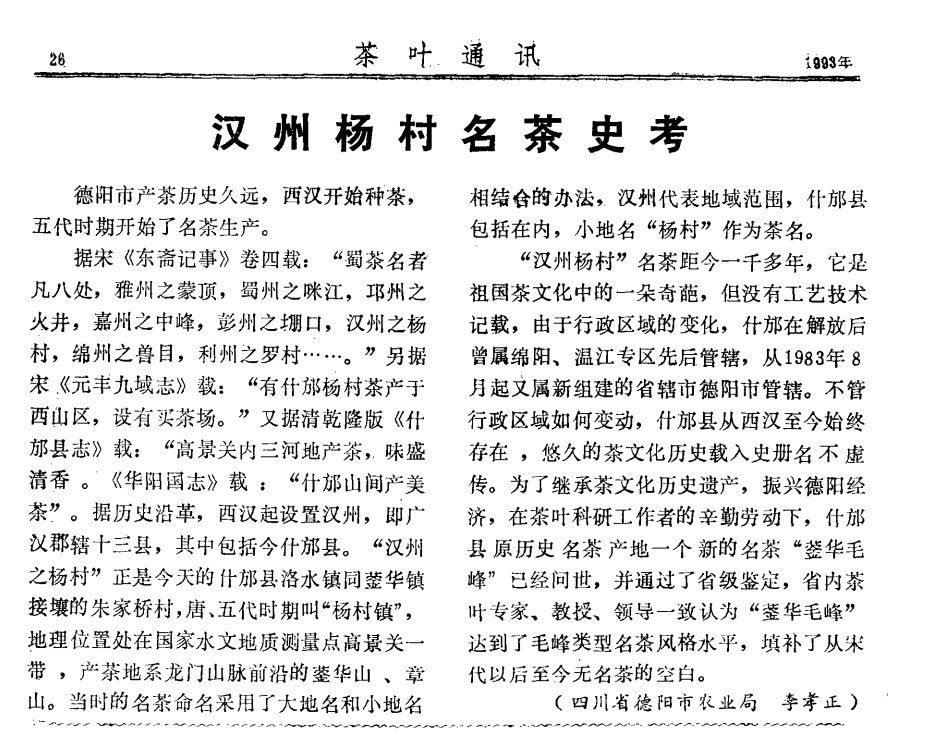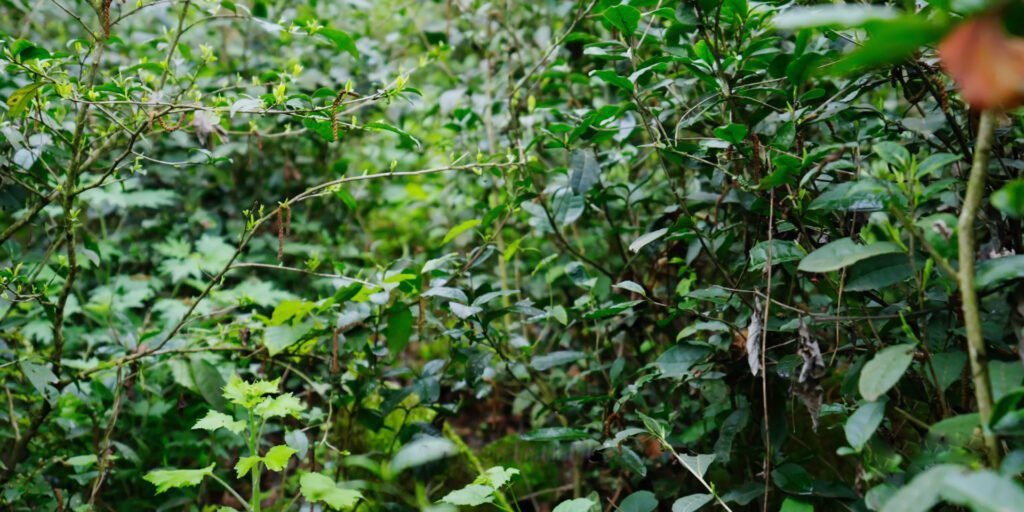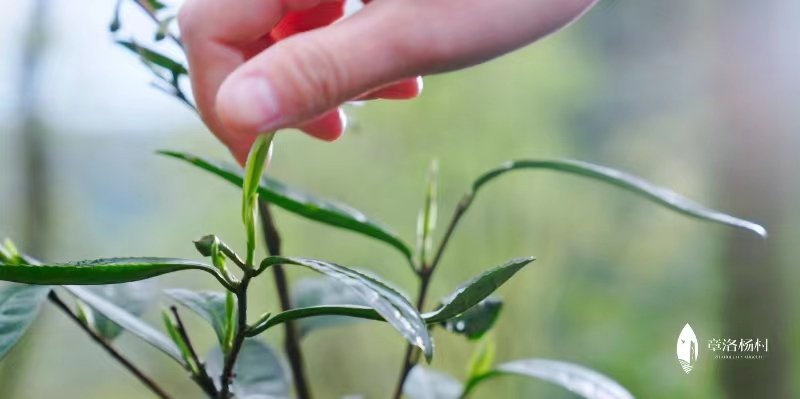
Shifang City has a long history of tea production. Tea cultivation began in the Western Han Dynasty, and famous tea production began in the Five Dynasties period.
According to Volume Four of the “Dongzhai Chronicles” of the Song Dynasty, “There are eight famous places for Sichuan tea, including Mengding in Yazhou, Weijiang in Shuzhou, Huojing in Qiongzhou, Zhongfeng in Jiazhou, Zhangkou in Pengzhou, Yangcun in Hanzhou, Beasts in Mianzhou, and Luocun in Lizhou…” According to the “Yuanfeng Jiuyu Zhi” of the Song Dynasty, “Yangcun tea in Shifang City is produced in Xishan District, with tea shops.” According to the Qianlong version of the “Shifang County Zhi” of the Qing Dynasty, “Three rivers in Gaojingguan produce tea with a rich and fragrant taste.” The “Huayang Guozhi” records that “beautiful tea is produced in the mountains of Shifang.
According to historical evolution, Hanzhou was established during the Western Han Dynasty, with Guanghan Commandery overseeing thirteen counties, including present-day Shifang City. Yangcun Village in Hanzhou “is Zhujiaqiao Village, which borders Luoshui Town and Yinghua Town in Shifang City today. During the Tang and Five Dynasties, it was called” Yangcun Town “. Its geographical location is in the area of Gaojingguan, a national hydrogeological survey point, and its tea producing areas are Yinghua Mountain and Zhangshan Mountain at the forefront of the Longmen Mountains. At that time, the naming of famous teas used a combination of large and small place names. Hanzhou represented the geographical scope, including Shifang City, and the small place name “Yangcun” was used as the tea name. The famous tea from Yangcun in Hanzhou dates back over a thousand years and is a unique flower in Chinese tea culture.



